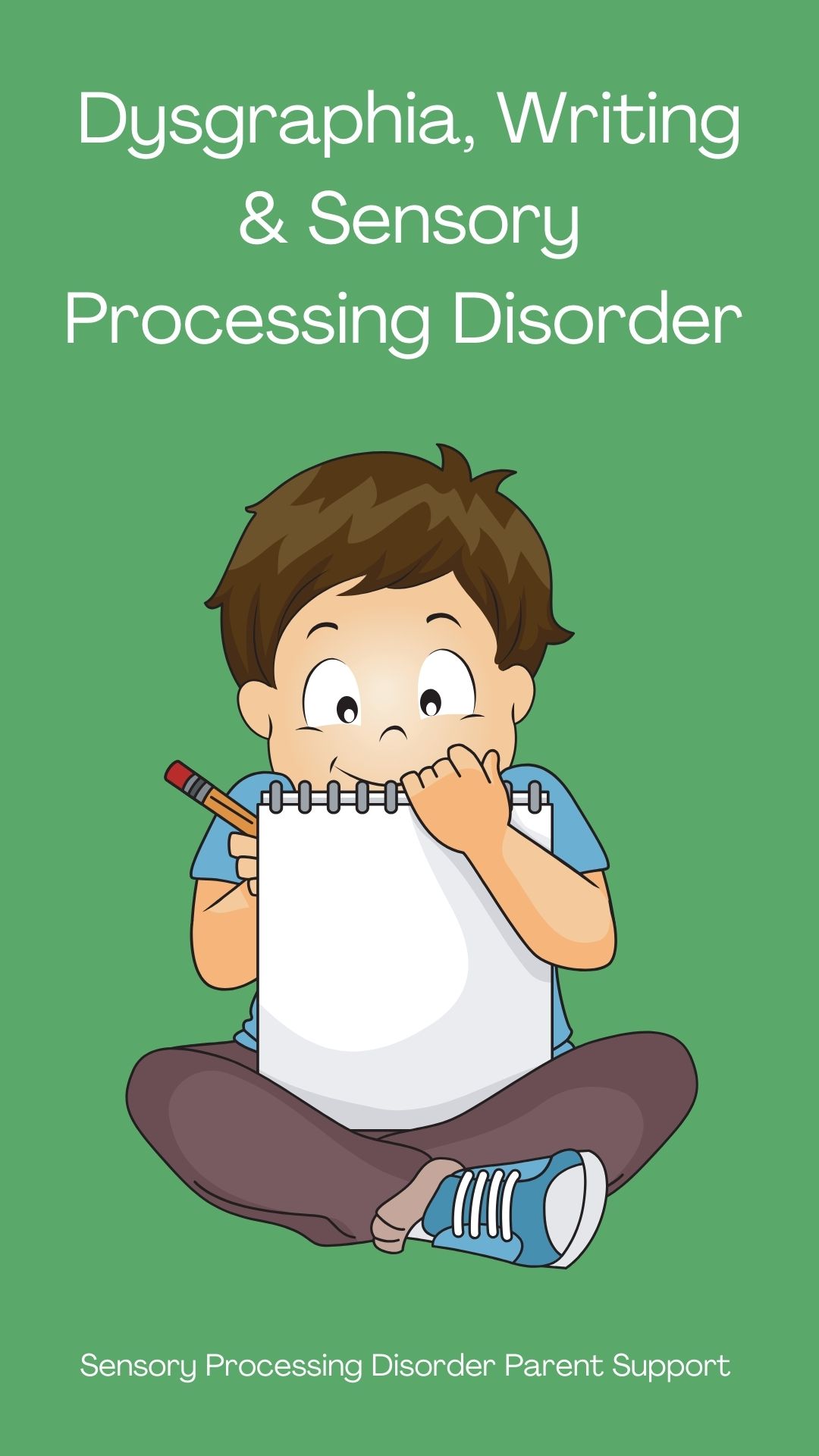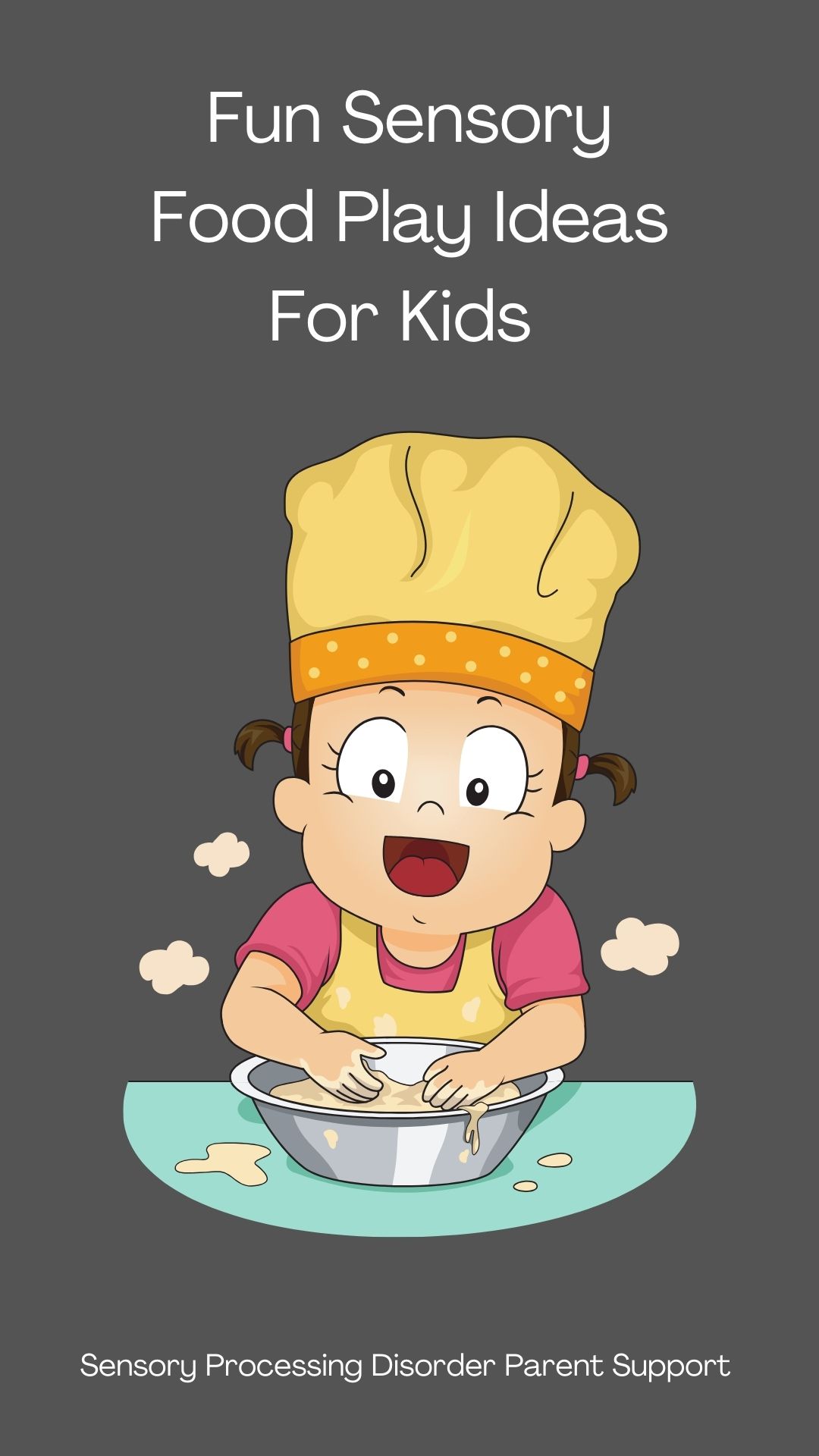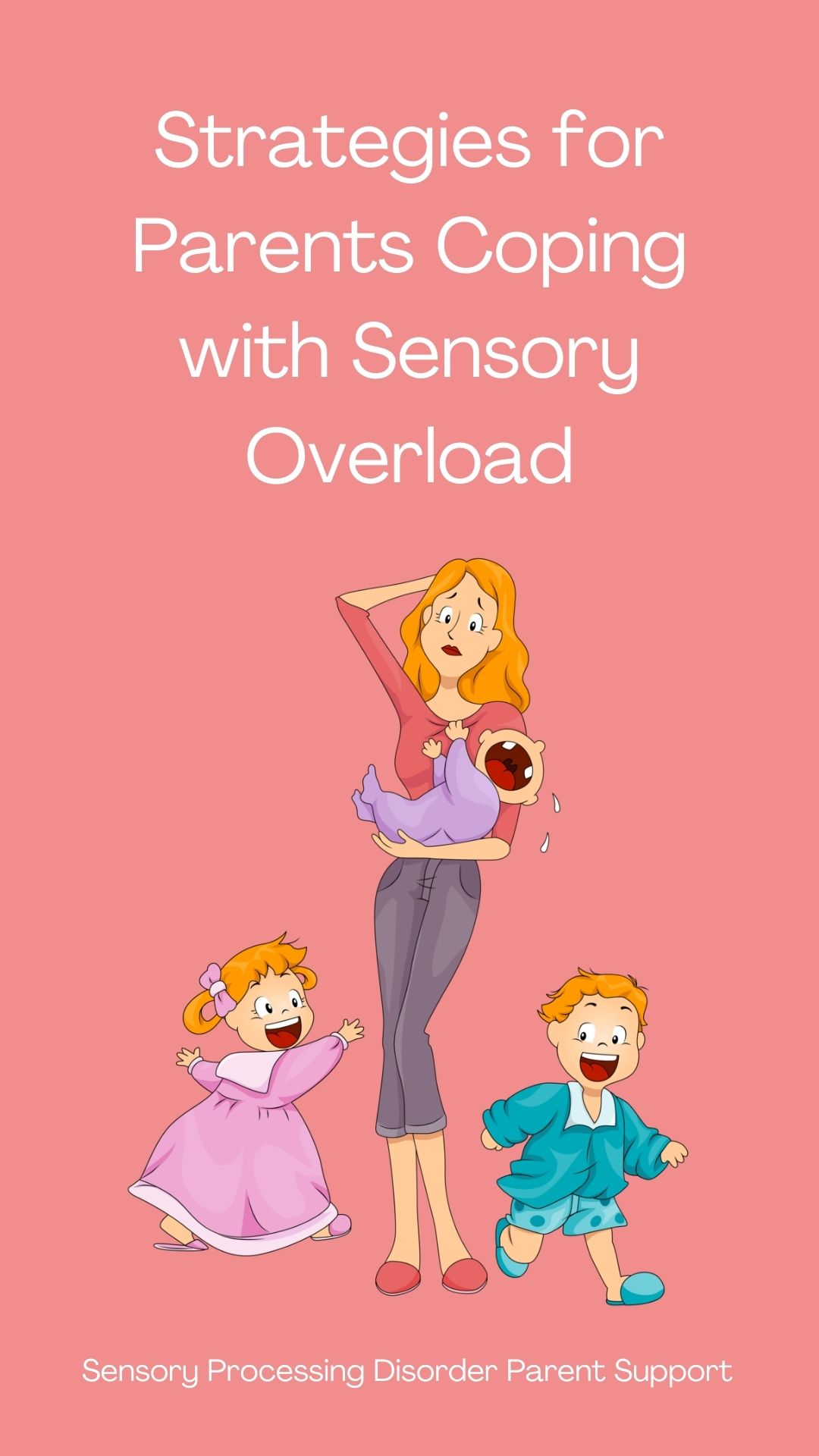
Sensory Processing Disorder Parent Support
Supporting a Child Through a Sensory Meltdown
Children with sensory differences ... painting the world beautiful.
Supporting a Child Through a Sensory Meltdown
Jeanette Loftus
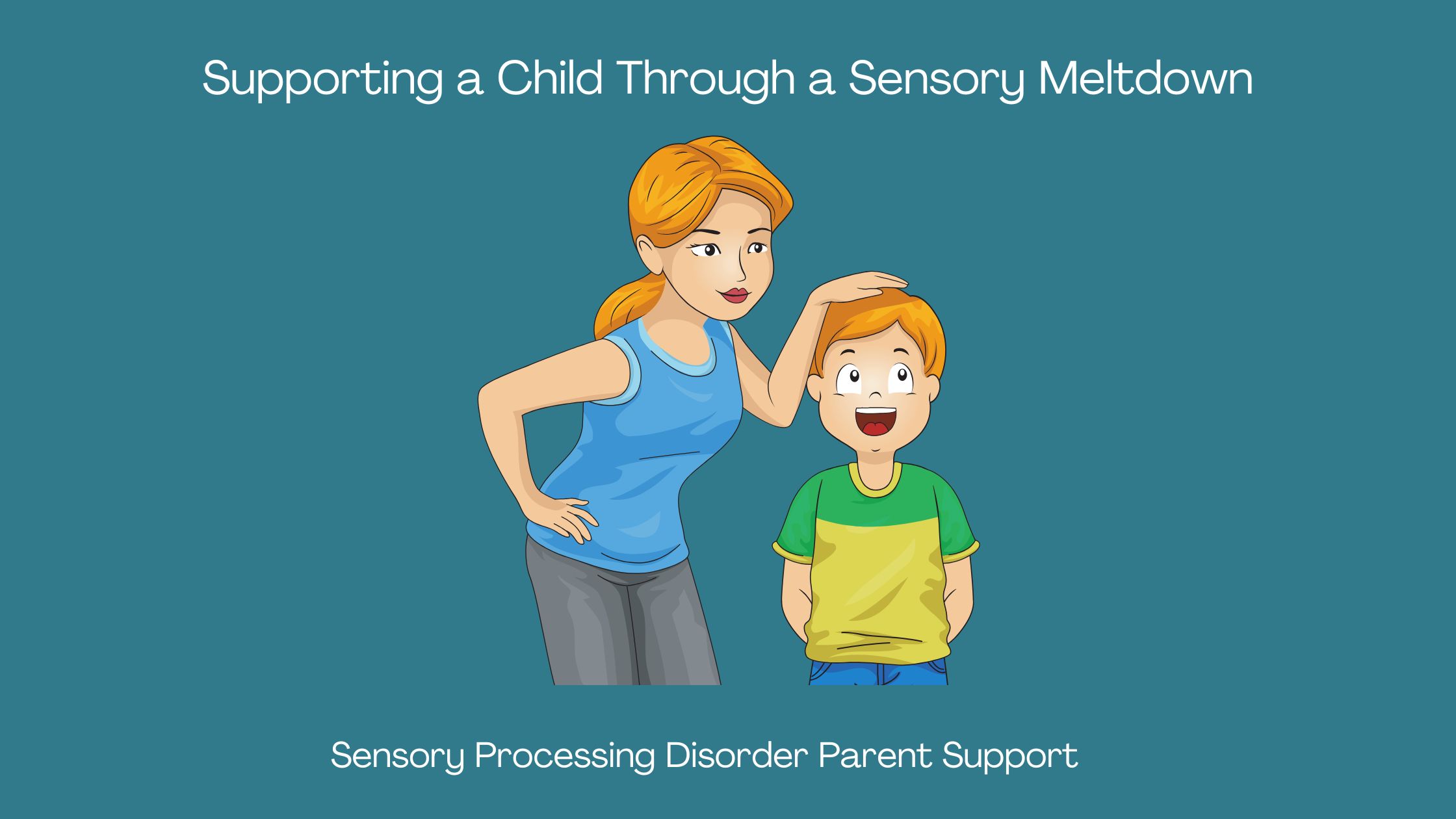
Sensory meltdowns can be common among children who struggle with sensory processing disorder or autism. These meltdowns can be overwhelming for both the child and their parents. Sensory strategies and understanding can support a child so much during these challenging overwhelming moments.
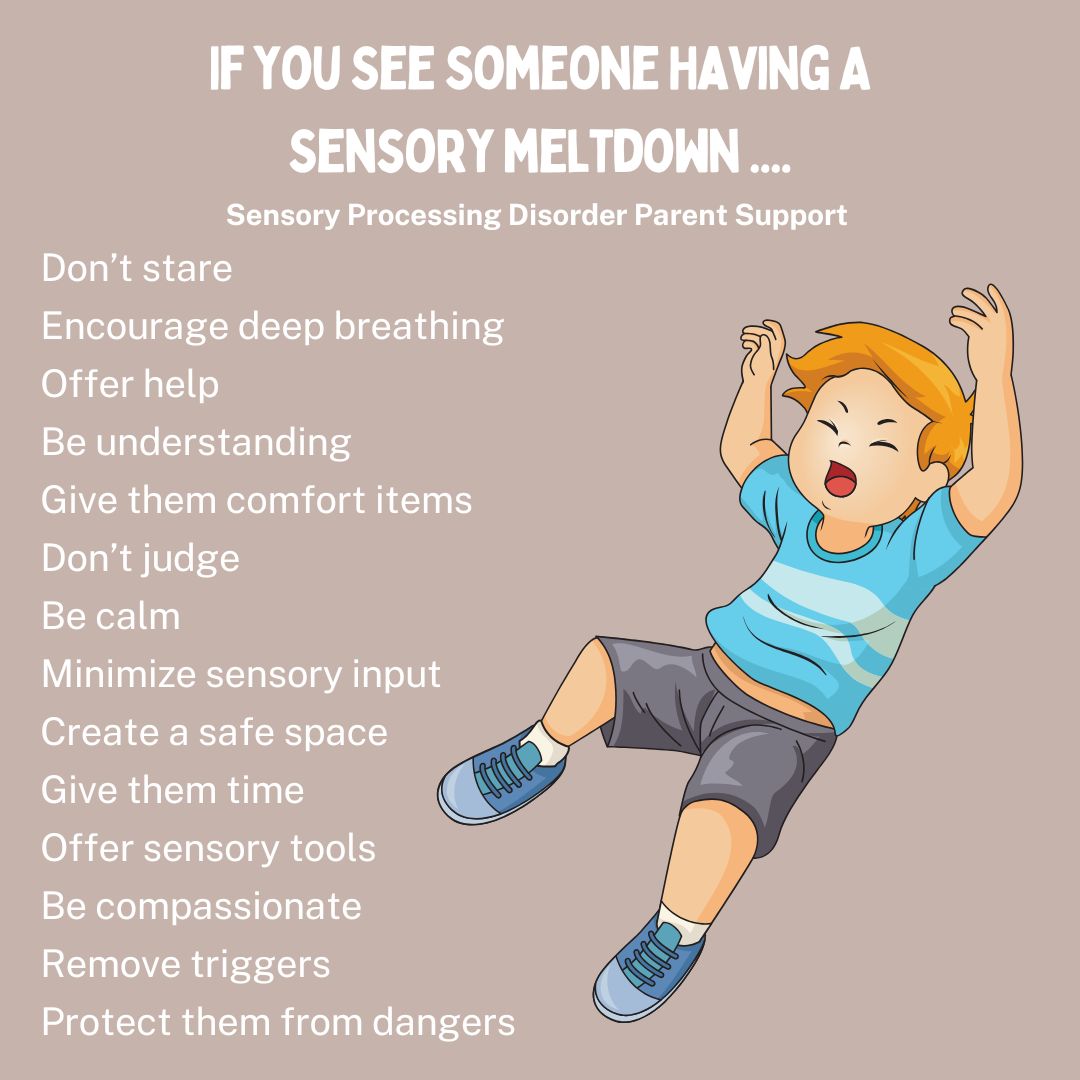
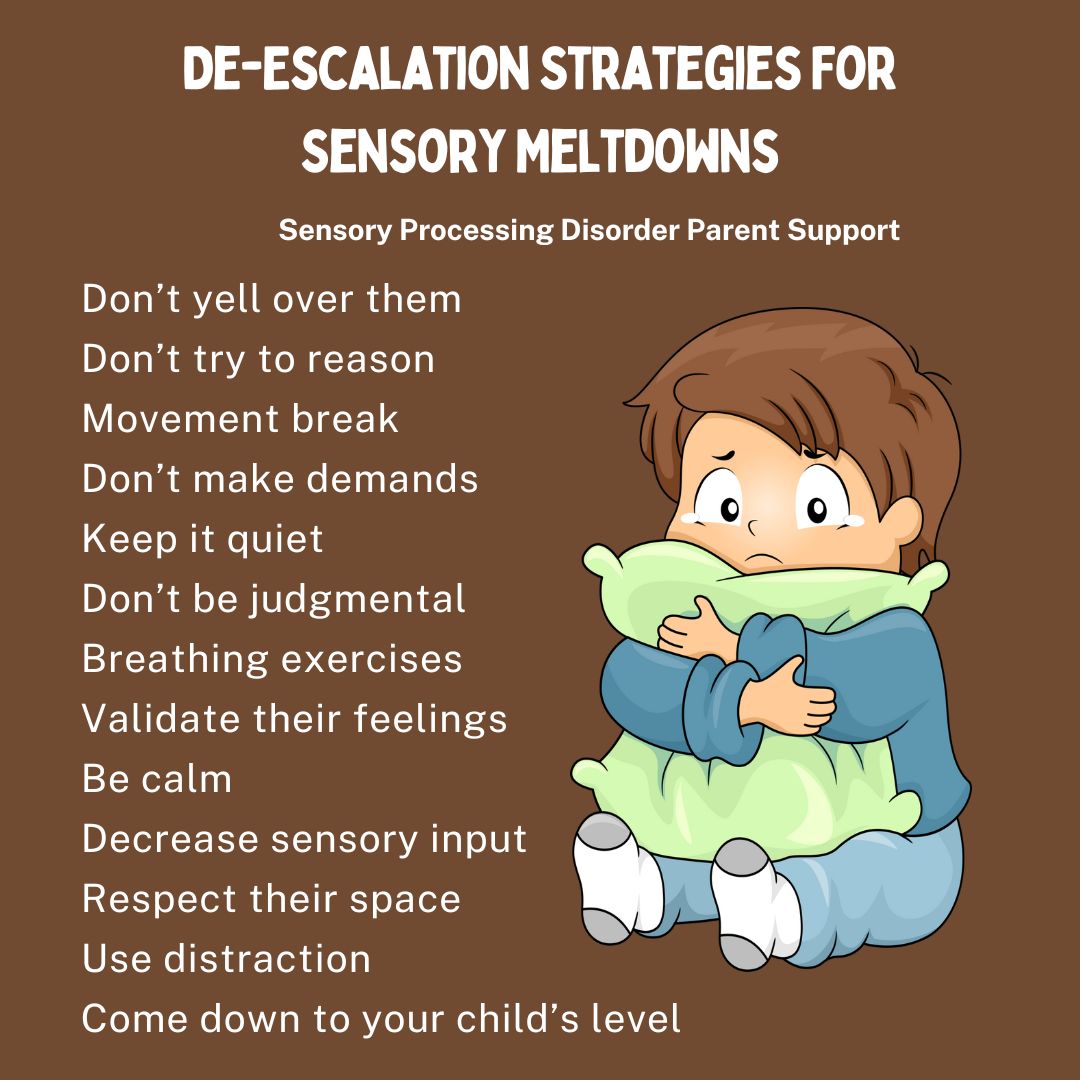
Resources For Parents
Infinity & Beyond Pediatric Therapy How to Help Your Child During A Sensory Meltdown |Infinity and Beyond
DISCLAIMER: I have learned a lot over the years but I am still learning. Always do your own research and exercise sound judgment. I am not an occupational therapist or a physician. I am an adult who has sensory processing disorder, a sensory parent and a Grandma. The information on this website is not medical advice and does not replace the information that your child's therapists or medical professionals give you. These are just ideas that I have learned myself over the years of being a parent and an adult living with SPD. If you are concerned for your child, please always seek medical attention through a family doctor, pediatrician or therapist. This website is for awareness purposes only. Each child is different and what works for one child may not for another because all children have different sensory needs. Please always consult with a medical professional. C lick on links throughout each page for more resources and information. Click here for more resources https://sensoryprocessingdisorderparentsupport.com/sensoryprocessingdisorderresources
Amazon offers a small commission on products sold through their affiliate links on my website. Each of your purchases through links on my website for Amazon affiliation links or sponsored links support me but no additional cost to you so thank you. I appreciate it so much! I am not responsible should you purchase anything from any links on this website.
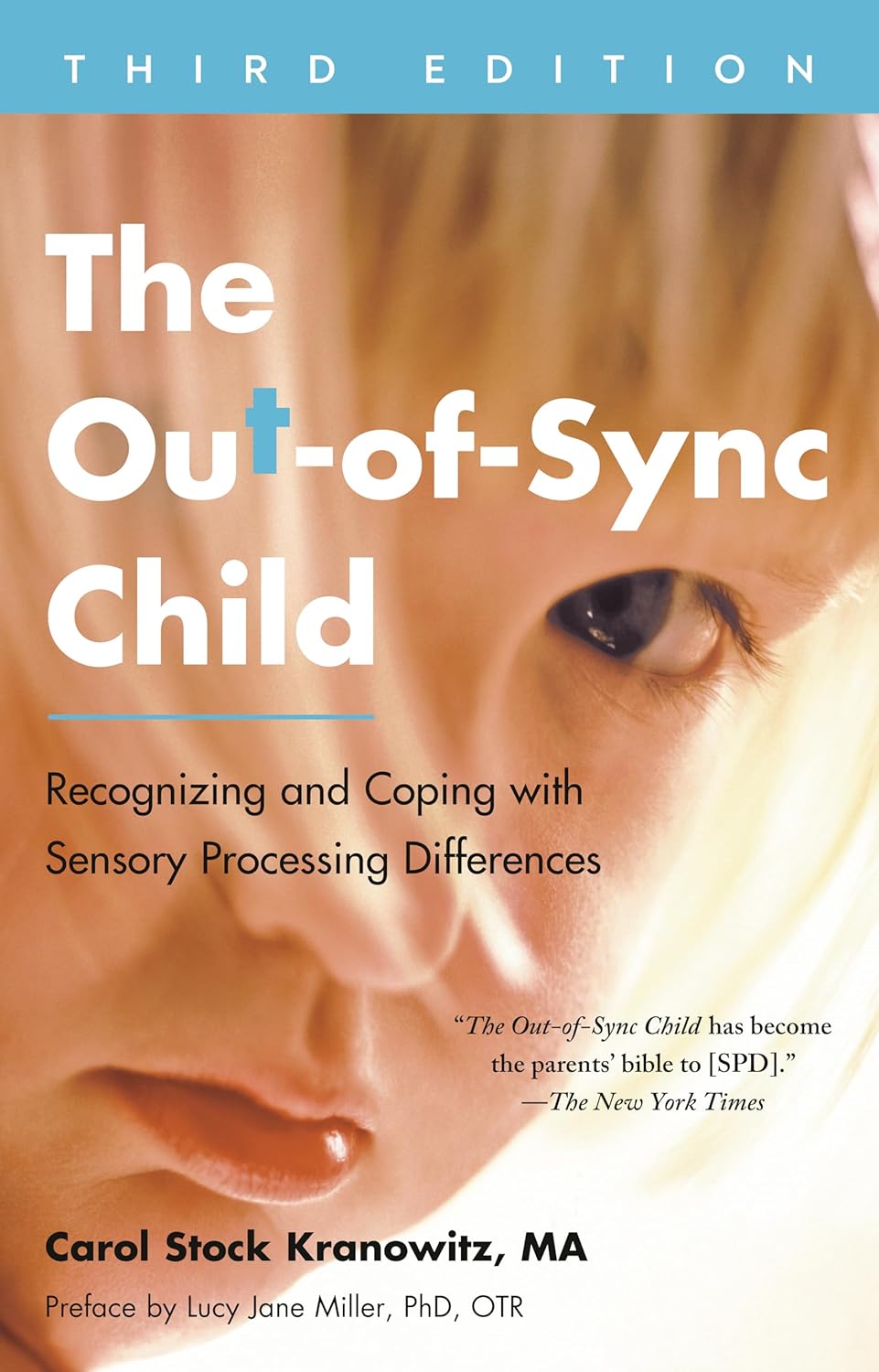
Amazon
The Out-of-Sync Child
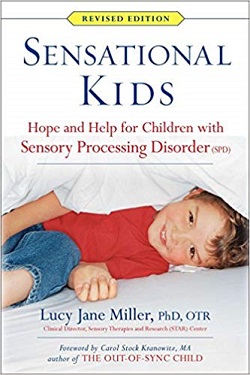
Amazon
Sensational Kids: Sensory Processing Disorder
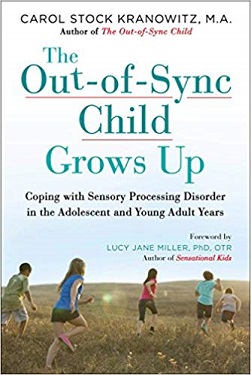
Amazon
The Out-of-Sync Child Grows Up
